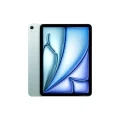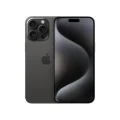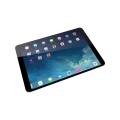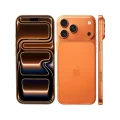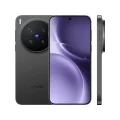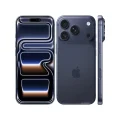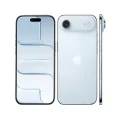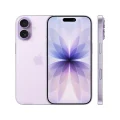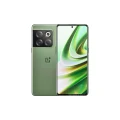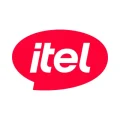- Home
- All Products
- Apple
- Apple iPhone 12 Pro
Apple iPhone 12 Pro
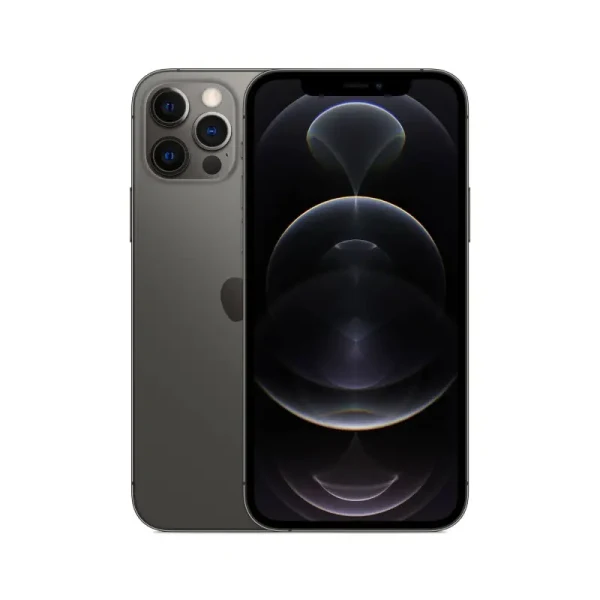

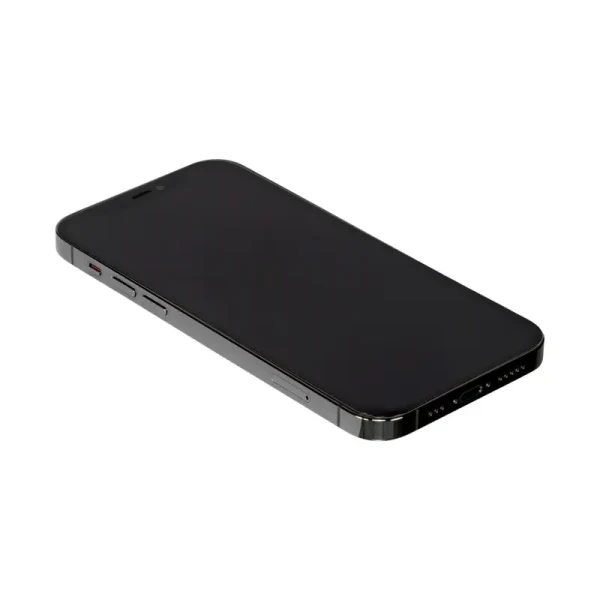

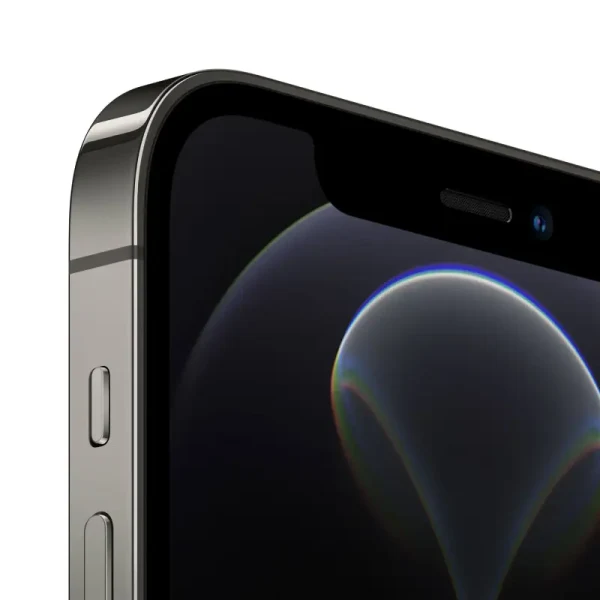
-
Battery: Li-Ion 2815 mAh
-
RAM: 6GB, 6GB, 6GB
-
Storage: 128GB, 256GB, 512GB
-
Display: Super Retina XDR OLED, 6.1 inches
-
Camera: Rear 12 MP+12 MP+12 MP, and Front 12 MP
-
OS: iOS 14.1, upgradable to iOS 17.2
Full Specifications
Price
| Official | 146999 BDT 6GB/128GB |
General
| Model | Apple iPhone 12 Pro |
| Announced | 2020, October 13 |
| Released | 2020, October 23 |
| Status | Available |
Design
| Dimensions | 146.7 x 71.5 x 7.4 mm (5.78 x 2.81 x 0.29 in) |
| Weight | 189 g (6.67 oz) |
| SIM SIM (Subscriber Identity Module) is a small card that contains mobile network subscriber's account information. This allows the phone using the card to attach to a mobile network. The SIM card is most commonly associated with GSM and UMTS mobile networks. Moving a SIM card from one phone to another allows a subscriber to switch mobile phones without having to contact their mobile network carrier. SIM cards can also be used by a phone to store limited amounts of data, such as phone numbers and text messages. |
Nano-SIM and eSIM or Dual SIM (Nano-SIM, dual stand-by) - for China IP68 dust/water resistant (up to 6m for 30 min) Apple Pay (Visa, MasterCard, AMEX certified) |
| Colors |
Silver, Graphite, Gold, Pacific Blue |
Display Specification
| Display Type Display Technology => A number of display technologies and types used in mobile phones => TFT (Thin Film Transistor), IPS (In-Place Switching), OLED (Organic Light Emitting Diode), AMOLED (Active-Matrix Organic Light-Emitting Diode), Super AMOLED (an even advanced version of AMOLED), Resistive Touchscreen (Resistive touchscreens contain two layer of conductive material with a very small gap between them which acts as a resistance), Capacitive Touchsceen (Capacitive touchscreen technology consists of a layer of glass coated with a transparent conductor) | Super Retina XDR OLED |
| Size | 6.1 inches, 90.2 cm2 |
| Resolution | 1170 x 2532 pixels, 19.5:9 ratio |
| Pixel Density Pixel Density (PPI) is refers to the concentration of pixels on a particular display, measured in pixels per inch (ppi). Pixel density is calculated by dividing the diagonal pixel resolution of a display by its diagonal size, higher pixel density better display quality. | 460 ppi density |
| Display Protection Display Protection => Gorilla Glass is a special alkali-aluminosilicate glass shield with exceptional damage resistance that helps protect mobile displays from scratches, drops, and bumps of everyday use, It is always better to go for a smartphone with Gorilla Glass for that added protection and peace of mind. | Ceramic Shield glass |
| Features |
HDR10, Dolby Vision, 800 nits (HBM), 1200 nits (peak) 86.0% screen-to-body ratio |
Platform
| Operating System OS => Every computer system run on a base software called Operating System (OS). Operating System controls all basic operations of the computer (such as smartphone, PDAs, tablet computers and other handheld devices). The Operating System allows the user to install and run third party applications (apps), apps are used to add new functionality to the device. | iOS 14.1, upgradable to iOS 17.2 |
| Chipset Chipset is a group of integrated circuits designed to perform one or a more dedicated functions, often with real time computing constraints, Popular smartphones are equipped with more advanced embedded chipsets that can do many different tasks depending on their programming. | Apple A14 Bionic (5 nm) |
| CPU CPU (Central Processing Unit) mostly known as processors, CPU processes instructions in order to carry out certain functions that make your device operate properly. Processors are often described as the brain of computers, smartphones and tablets, Smartphones and tablets rely on processors to carry out their every task, Processors are an incredibly important factor in selecting any type of computing device, including your smartphone. | Hexa-core (2x3.1 GHz Firestorm + 4x1.8 GHz Icestorm) |
| GPU GPU (Graphics Processing Unit) is a single-chip processor designed to rapidly manipulate and alter memory to accelerate the creation of images in a frame buffer intended for output to a display, This includes things such as lighting effects, object transformations, and 3D motion. | Apple GPU (4-core graphics) |
Main Camera
| Camera Setup | Triple |
| Resolution |
12 MP, f/1.6, 26mm (wide), 1.4µm, dual pixel PDAF, OIS 12 MP, f/2.0, 52mm (telephoto), 1/3.4", 1.0µm, PDAF, OIS, 2x optical zoom 12 MP, f/2.4, 13mm, 120˚ (ultrawide), 1/3.6" TOF 3D LiDAR scanner (depth) |
| Features |
Dual-LED dual-tone flash, HDR (photo/panorama) |
| Video | 4K@24/30/60fps, 1080p@30/60/120/240fps, 10‑bit HDR, Dolby Vision HDR (up to 60fps), stereo sound rec. |
Selfie Camera
| Camera Setup | Single |
| Resolution |
12 MP, f/2.2, 23mm (wide), 1/3.6" SL 3D, (depth/biometrics sensor) |
| Video | 4K@24/30/60fps, 1080p@30/60/120fps, gyro-EIS |
| Features |
4K@24/30/60fps, 1080p@30/60/120fps, gyro-EIS |
Network & Connectivity
| Technology | GSM / CDMA / HSPA / EVDO / LTE / 5G |
| Speed | HSPA, LTE-A, 5G, EV-DO Rev.A 3.1 Mbps |
| Wi-fi Wi-Fi is a popular wireless networking technology using radio waves to provide high-speed network connections that allows devices to communicate without cords or cables, Wi-Fi is increasingly becoming the preferred mode of internet connectivity all over the world. | Wi-Fi 802.11 a/b/g/n/ac/6, dual-band, hotspot |
| Bluetooth Bluetooth is a wireless communications technology for exchanging data between mobile phones, headsets, computers and other network devices over short distances without wires, Bluetooth technology was primarily designed to support simple wireless networking of personal consumer devices. | 5.0, A2DP, LE |
| NFC NFC (Near field communication) is a set of standards for smartphones and similar devices to establish peer-to-peer radio communications with each other by touching them together or bringing them into proximity, usually no more than a few inches. | Yes |
| Positioning |
GPS, GLONASS, GALILEO, QZSS |
| FM Radio | No |
| USB | Lightning, USB 2.0 |
| 2G Network |
GSM 850 / 900 / 1800 / 1900 - SIM 1 & SIM 2 (dual-SIM) - for China CDMA 800 / 1900 |
| 3G Network |
HSDPA 850 / 900 / 1700(AWS) / 1900 / 2100 CDMA2000 1xEV-DO |
| 4G Network |
1, 2, 3, 4, 5, 7, 8, 12, 13, 14, 17, 18, 19, 20, 25, 26, 28, 29, 30, 32, 34, 38, 39, 40, 41, 42, 46, 48, 66, 71 - A2341 1, 2, 3, 4, 5, 7, 8, 12, 13, 17, 18, 19, 20, 25, 26, 28, 30, 32, 34, 38, 39, 40, 41, 42, 46, 48, 66 - A2407, A2408 1, 2, 3, 4, 5, 7, 8, 12, 13, 14, 17, 18, 19, 20, 21, 25, 26, 28, 29, 30, 32, 34, 38, 39, 40, 41, 42, 46, 48, 66, 71 - A2406 |
| 5G Network |
1, 2, 3, 5, 7, 8, 12, 20, 25, 28, 38, 40, 41, 66, 71, 77, 78, 79, 260, 261 Sub6/mmWave - A2341 1, 2, 3, 5, 7, 8, 12, 20, 25, 28, 38, 40, 41, 66, 77, 78, 79 Sub6 - A2407, A2408 1, 2, 3, 5, 7, 8, 12, 20, 25, 28, 38, 40, 41, 66, 71, 77, 78, 79 Sub6 - A2406 |
Battery
| Battery Type Battery Type => Cell phones run on various kinds of batteries depending on the manufacturer, phone size or shape and features. There are basically four types of cell phone batteries => Lithium Polymer, Lithium Ion, Nickel Metal Hydride and Nickel Cadmium. | Li-Ion (Lithium Ion) |
| Capacity Battery Capacity is a measure (typically in Amp-hr) of the charge stored by the battery, and is determined by the mass of active material contained in the battery. The battery capacity represents the maximum amount of energy that can be extracted from the battery under certain conditions. | 2815 mAh |
| Removable | No |
| Charging |
Wired, PD2.0, 50% in 30 min (advertised) 15W wireless (MagSafe) 7.5W wireless (Qi) |
| Wireless Charging Wireless Charging (Inductive Charging) uses an electromagnetic field to transfer energy between two objects. This is usually done with a charging station. Energy is sent through an inductive coupling to an electrical device, which can then use that energy to charge batteries or run the device. | Yes |
Multimedia
| Loudspeaker | Yes, with stereo speakers |
| Audio Jack | No |
Storage
| Card Slot Memory Card Slot is a special slot for inserting a memory card. Memory cards allow you to expand the phone's built-in memory, A memory card (sometimes called a flash memory card or a storage card) is a small storage medium used to store data such as text, pictures, audio, and video, for use on small, portable or remote computing devices such as mobile phones, mp3 players, digital cameras. | No |
| Internal Storage Internal Storage is a data storage space (flash memory) mostly used in smartphones, tablets and other electronic devices where operating system, apps, music, photos, videos, files and other user data Is stored. |
128GB 6GB RAM, 256GB 6GB RAM, 512GB 6GB RAM NVMe |
Sensors
| Fingerprint | No |
| Other Sensors | Face ID, accelerometer, gyro, proximity, compass, barometer, Ultra Wideband (UWB) support |
About the Apple iPhone 12 Pro
The Apple iPhone 12 Pro is a premium smartphone that combines elegant design, powerful performance, and advanced camera technology. Released on October 23, 2020, it marked a major step forward for Apple with its A14 Bionic chip (5nm) — the first of its kind — delivering lightning-fast speed and exceptional energy efficiency.
The phone features a 6.1-inch Super Retina XDR OLED display with HDR10, Dolby Vision, and Ceramic Shield protection, offering bright, vivid, and durable visuals. Its triple 12MP camera setup with a LiDAR scanner ensures stunning photos, sharp low-light shots, and excellent 4K Dolby Vision video recording.
The stainless-steel frame and IP68 water resistance enhance durability and style. The iPhone 12 Pro runs on iOS 14.1, upgradable to iOS 26, ensuring long-term software support. With 5G connectivity, MagSafe wireless charging, and 6GB RAM, it’s built for both power and precision.
Main Key Features
- Display: 6.1-inch Super Retina XDR OLED, HDR10, Dolby Vision
- Processor: Apple A14 Bionic (5nm)
- RAM & Storage: 6GB RAM, up to 512GB storage
- Camera: Triple 12MP (Wide, Telephoto, Ultrawide) + LiDAR Scanner
- Battery: 2815 mAh, 20W fast charging, 15W MagSafe wireless
- OS: iOS 14.1, upgradable to iOS 26
- Connectivity: 5G, Wi-Fi 6, NFC, UWB support
Pros & Cons
Pros
- Gorgeous OLED display with HDR10 and Dolby Vision
- Excellent camera performance with LiDAR depth sensor
- Strong A14 Bionic chip for smooth multitasking
- Premium stainless-steel build
- Long iOS update support
Cons
- No 120Hz refresh rate
- Smaller battery compared to the Pro Max
- No headphone jack
Why Choose This iPhone
Choose the iPhone 12 Pro if you want a perfect mix of compact size and professional-grade features. It’s ideal for photographers, videographers, and professionals who want flagship performance in a more manageable 6.1-inch body. The A14 Bionic chip, triple cameras, and MagSafe make it a reliable and future-ready device.
Opinion
The Apple iPhone 12 Pro remains one of Apple’s most balanced flagship phones. It offers Pro-level power and photography in a size that’s easy to hold and use daily. Even in 2025, it’s a smart choice for those seeking performance, style, and value without overspending on newer models.
See Another Model:
- Apple iPhone 17
- Apple iPhone Air
- Apple iPhone 17 Pro
- Apple iPhone 17 Pro Max
- Apple iPhone 16 Pro Max
- Apple iPhone 16 Pro
FAQs about Apple iPhone 12 Pro
Q: Does the iPhone 12 Pro support 5G?
A: Yes, it supports 5G networks for faster connectivity.
Q: Can I use MagSafe accessories?
A: Yes, it fully supports Apple’s MagSafe ecosystem for charging and accessories.
Q: How long does the battery last?
A: It provides up to 8–10 hours of heavy use on a single charge.
Q: Is the iPhone 12 Pro waterproof?
A: Yes, it has IP68 dust and water resistance (up to 6m for 30 minutes).
Q: Is it still worth buying in 2025?
A: Yes, thanks to its A14 chip, camera quality, and iOS 26 support, it’s still a great premium phone at a lower price.
Give Your Review
Disclaimer Note
You can write your own disclaimer from APS Settings -> General -> Disclaimer Note.
